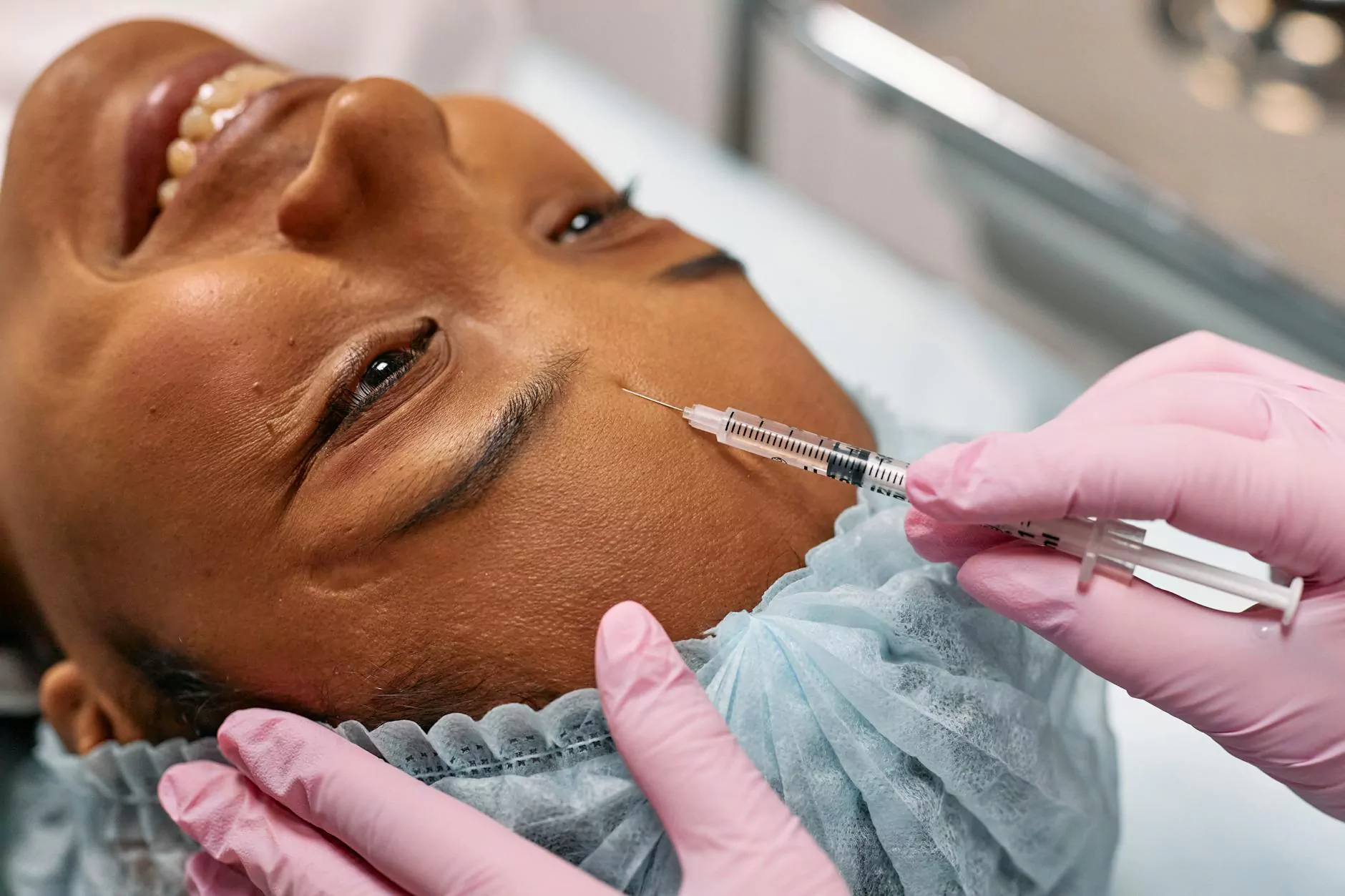Understanding What Blood Clot in Leg Feels Like

Welcome to the Vein Center of Arizona! We are your trusted experts in vascular medicine, specializing in the diagnosis and treatment of various conditions including blood clots. In this article, we will delve into the topic of what a blood clot in the leg feels like, providing you with comprehensive information to increase your awareness and help you take the necessary steps towards optimal health.
The Importance of Identifying Blood Clot Symptoms
When it comes to blood clots in the leg, also known as deep vein thrombosis (DVT), recognizing the symptoms is crucial for early detection and treatment. By understanding what a blood clot feels like, you can seek medical assistance promptly, potentially preventing serious complications.
1. Pain
Pain is one of the most common symptoms associated with a blood clot in the leg. It typically manifests as a sudden, intense and persistent ache. The pain may be localized or extend along the affected leg, and it often worsens when walking or flexing the foot. If you experience unexplained leg pain, it is important to consult a medical professional.
2. Swelling
Swelling is another commonly observed symptom of a blood clot in the leg. One may notice a significant increase in size around the affected area, often accompanied by warmth or skin discoloration. Persistent swelling that does not improve with rest or elevation should be evaluated by a doctor.
3. Redness and Warmth
Localized redness and warmth are indicators of a possible blood clot. The skin around the affected area may appear red or have a reddish hue, accompanied by increased warmth or heat. These signs of inflammation may be present even without noticeable swelling.
4. Tenderness and Sensitivity
A clot in the leg may cause tenderness and sensitivity to touch. The affected area may feel exceptionally tender or sore, making it uncomfortable to apply pressure. If you experience tenderness along with other symptoms, schedule an appointment with a healthcare professional for further evaluation.
The Risks and Complications
While identifying the symptoms of a blood clot is important, it is equally essential to comprehend the potential risks and complications associated with untreated DVT.
If a blood clot remains untreated, it can pose a serious threat to your health. One of the most severe complications is a pulmonary embolism, which occurs when a clot travels from the leg to the lungs. This can lead to difficulty breathing, chest pain, and in severe cases, can be fatal.
Other complications may include chronic pain, swelling, ulcers, and changes in skin texture, in a condition known as post-thrombotic syndrome. Seeking timely medical attention is therefore crucial to prevent these long-term consequences.
Getting Expert Care at the Vein Center of Arizona
Located at the forefront of vascular medicine, the Vein Center of Arizona offers exceptional care to patients seeking efficient diagnosis, treatment, and prevention of blood clot-related conditions. Our team of highly skilled doctors specializes in the field of vascular medicine and is dedicated to providing top-quality care to ensure positive health outcomes.
At the Vein Center of Arizona, we perform comprehensive evaluations to accurately diagnose blood clots in the leg. Our state-of-the-art facilities offer a wide range of advanced imaging technologies to assist in identifying and treating DVT effectively.
Once a blood clot is diagnosed, our experienced team works closely with patients, creating individualized treatment plans to address specific needs. Depending on the severity and location of the clot, treatment options may include medication, compression stockings, or in some cases, minimally invasive procedures to remove or dissolve the clot.
We understand the importance of preventing recurrence, and our knowledgeable doctors provide guidance on lifestyle modifications, medications, and preventive measures to reduce the risk of future blood clots.
Conclusion
Learning about what a blood clot in the leg feels like can help you recognize the symptoms and take timely action. Remember, early detection and treatment are crucial to minimizing the risks and complications associated with DVT. If you suspect a blood clot, do not hesitate to seek medical advice, and book an appointment with the experts at the Vein Center of Arizona. Your health and well-being are our top priorities.
what blood clot in leg feels like








